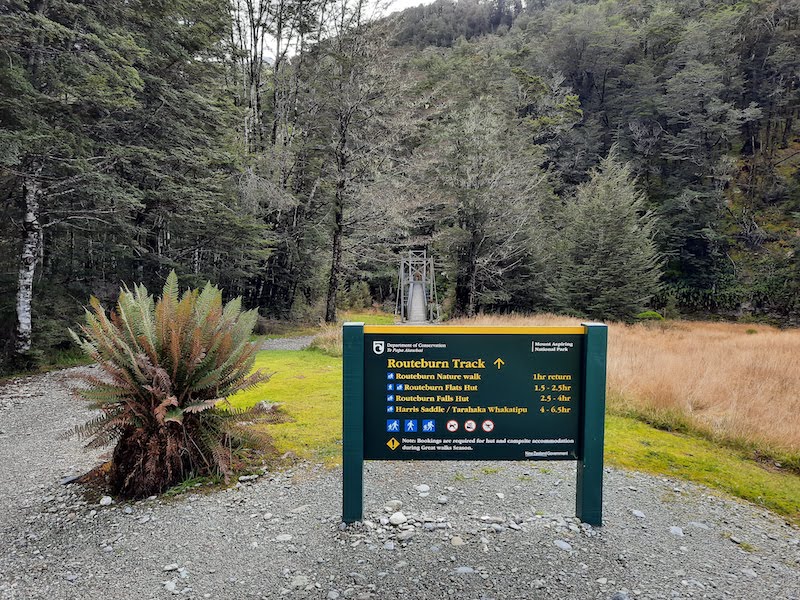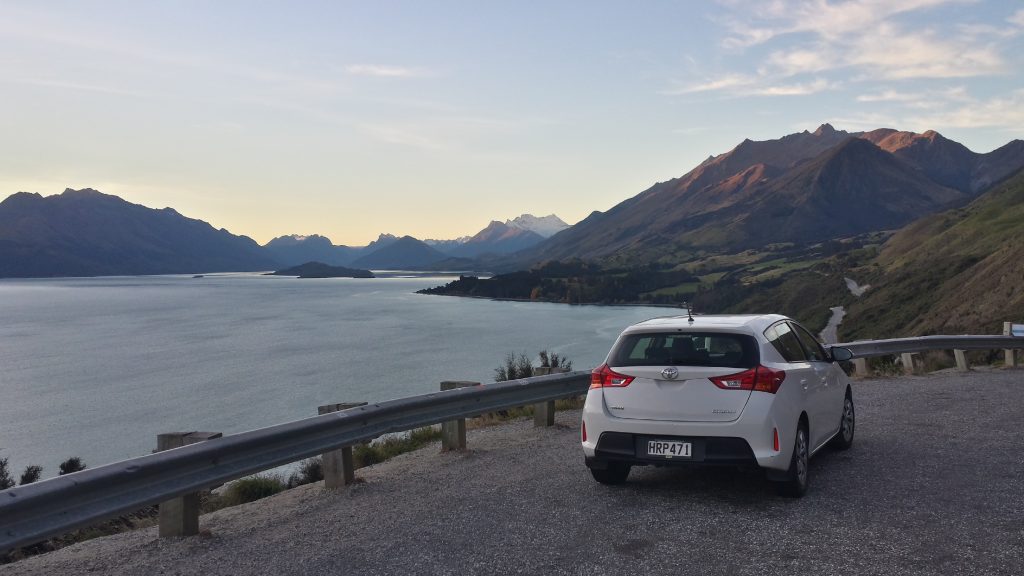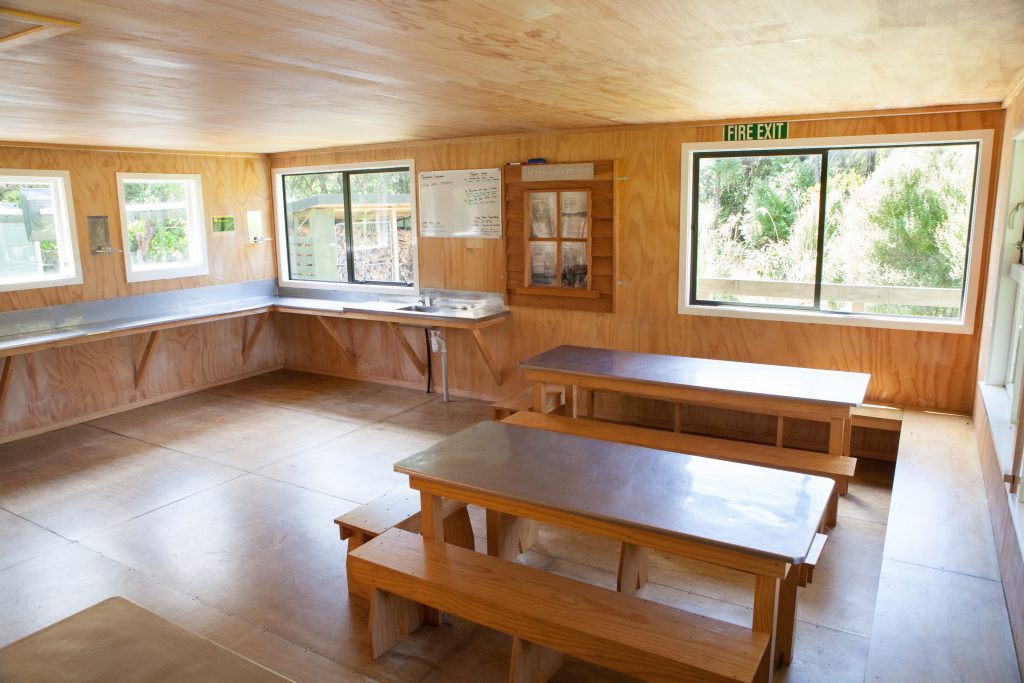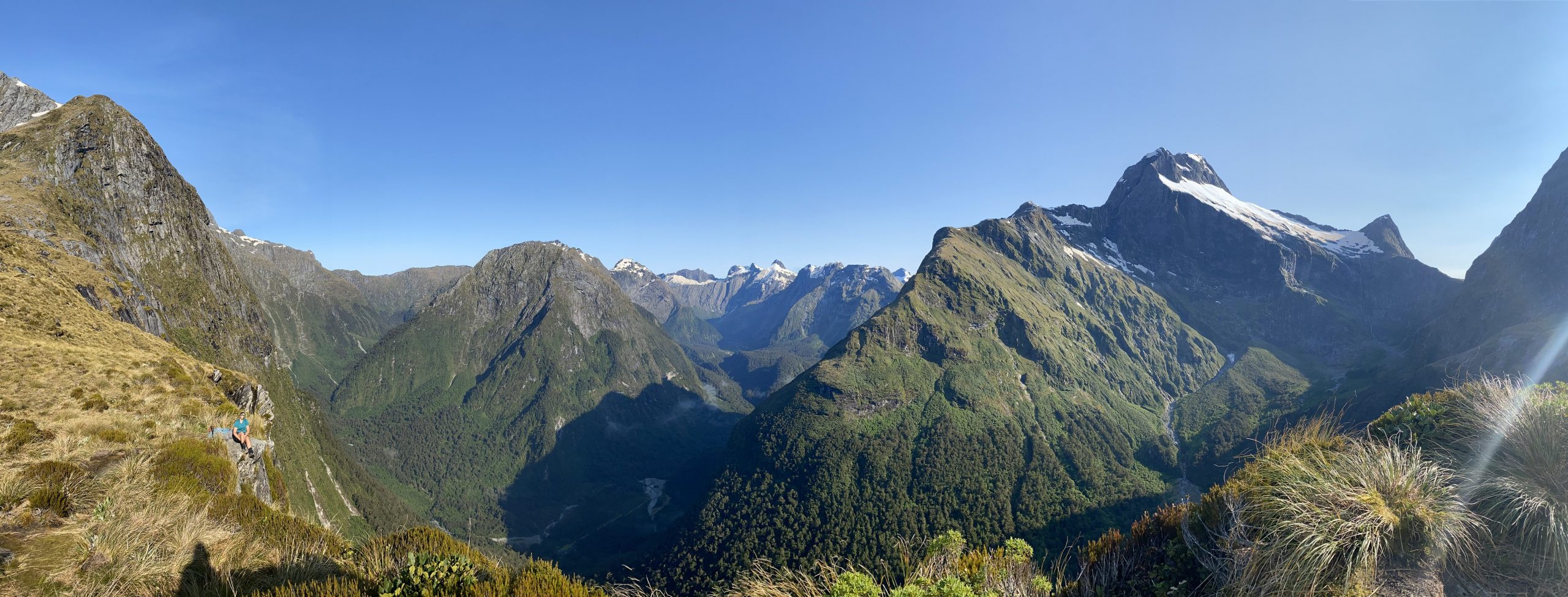Updated 17/10/2023
If you’re a beginner hiker and have recently discovered the rewards that come with getting out into our beautiful great outdoors, you might now be wondering how do I hike a Great Walk? But where do you start? There are lots of things to consider! Which track? How do you get there? How fit do you need to be? What do you need to take?
It all might seem a bit daunting, and enough for some to put in the “too hard” basket. But there is absolutely nothing to worry about! Great Walk hiking adventures are a fun and rewarding way to build confidence, explore a new part of the country, adventure safely and enjoy a massive sense of achievement. Once you’re out there doing it, you’ll forget about all the worries you had before, and you’ll be hooked on hiking for life.
HOW TO HIKE A GREAT WALK – TOP TIPS
WHICH TRACK SHOULD YOU START WITH?

We’re pretty biased, but we think the Routeburn Track is a great place to start for your first Great Walk. At only 33km long, it has some of the best scenery in NZ, is accessible from major towns and easy to slot into a longer holiday.
Straddling both Fiordland National Park and Mt Aspiring National Park, it’s perfectly positioned to explore further including Milford Sound and wider Fiordland. Another tick for the Routeburn is the diverse terrain. With native forests, crystal clear lakes, a steady but gentle alpine climb and epic mountain views, you’ll feel like your exploring a new place each day.
Also in Fiordland, we have the world-famous Milford Track and Kepler Track. These are both a bit longer at 53km and 60km respectively. But don’t let the distances put you off – they are just as rewarding and epic as the Routeburn but different in their own ways.
WHEN SHOULD YOU BOOK?
The New Zealand Great Walks season typically runs from around labour weekend at the end of October through to the end of April, each year. Bookings open the June/July prior to the following season.
The popularity of the Great Walks is on the rise and this year, the Milford Track sold out within an hour of opening, so getting in early is key. We take bookings all year round and suggest booking a minimum of 6 months in advance. If the Milford Track is at the top of your list – book now for 2023!
SHOULD YOU DO A GUIDED OR INDEPENDENT HIKE?
You don’t have to take a guided hike to experience a sense of reward, camaraderie or have everything taken care of for you. There is an in-between option and part of our great kiwi spirit is our sense of adventure and the feeling of accomplishing something amazing our own.
Sure, if you can’t live without a hot shower, double bed and ensuite for a night or two, then a guided walk on the Routeburn or Milford Track will be for you (guided options not available on the Kepler). But just because you’re not on a guided trip, it doesn’t mean you’re going it alone! A fully inclusive independent hiking package, like our Premium Package, will take all the hassle out of your hike, and leave you free to enjoy a flexible outdoor experience that’s fully on your terms. Plus, one of the unsung highlights of a Great Walk is the atmosphere in the huts and cooking dinner alongside people from all around the country, it’s not to be missed!
Learn more about the comparisons between a Guided or Independent walk.
HOW DO YOU GET THERE?
All three of the Fiordland Great Walks are accessible via Queenstown, and from there it’s an easy (and beautiful!) drive to the track gateways.

The town of Te Anau is the main gateway for all three of our Great Walks, and the Routeburn Track can also be accessed via Glenorchy.
Both the Milford and Routeburn tracks start and finish in different places so having transport sorted is key. The Kepler has a few options for starting/finishing locations and it can be confusing understanding the options. But that’s where we come in! We can help you with safe and efficient Car Relocation, convenient Water Taxis (Kepler and Milford) or Bus Transfers. All of our hiking packages include transport or transport can be purchased separately. We will take care of all the details so all you have to do is turn up. We’ll do the rest.
HOW FAR WILL YOU HAVE TO HIKE EACH DAY?
That’s one of the awesome things about hiking on an independent package – you get to choose!
Both the Routeburn and Kepler Tracks have options to complete between one and four days. We’d recommend doing either over 3 Days/2 Nights to ensure there’s less pressure to clock up the km’s each day.
The nature of the Milford Track means it can only be completed over 4 Days/3 Nights, so you’re looking at days of between 6 – 7 hours each day. (except the first day – see itinerary below).
RECOMMENDED ITINERARIES
Routeburn Track
Day 1: The Divide to Lake Mackenzie Hut (4 – 5 ½ hours, 12km)
Day 2: Lake Mackenzie Hut to Routeburn Falls Hut (4 ½ – 6 hours, 11.3km)
Day 3: Routeburn Falls Hut to Routeburn Shelter (3-4 hours, 9.8km)
Kepler Track
Day 1: Broad Bay via Lake Te Anau to Luxmore Hut (3 ½ – 4 ½ hours, 8.2km)
Day 2: Luxmore Hut to Iris Burn Hut (5-6 hours, 14.6km)
Day 3: Iris Burn Hut to Rainbow Reach car park (6 ½ – 7 ½ hours, 22.2km)
Milford Track
Day 1: Glade Wharf via Lake Te Anau to Clinton Hut (1 – 1 ½ hour, 5km)
Day 2: Clinton Hut to Mintaro Hut (6 hours, 16.5km)
Day 3: Mintaro Hut to Dumpling Hut via Mackinnon Pass (6-7 hours, 14km)
Day 4: Dumpling Hut to Sandfly Point (5 ½ – 6 hours, 18km)
Beginners guide to hiking
WHERE WILL YOU STAY?
The Department of Conservation (DOC) operate huts and campsites (Routeburn & Kepler only) on each of the tracks. Each hut can sleep up to around 50 people in bunk style layout. Great Walks Huts cost around $65 per person per night and included in our Premium Packages.

During the Great Walks Season (October – April) the huts have bunks with mattresses, heating, toilets, basic cooking facilities, cold running water, solar-powered lighting, and a DOC ranger on site. They don’t provide cooking utensils, bedding or food – but we include these as part of our Hiking Packages.
If you’re a little bit more adventurous and keen to give camping a go, we can tailor a package complete with lightweight camping equipment and camping passes. Find out more.
If the DOC Hut experience is new to you, it’s a good idea to get clued up on hut etiquette to avoid some awkward encounters with your fellow trampers. Here are a few top tips:
HOW TO HIKE – HUT ETIQUETTE
- Keep your belongings contained – Don’t take up the whole bench with your stuff. Keep it tight and compact.
- Clean Up After Yourself – No one likes cleaning up after other people, so clean as you go and don’t leave it for others.
- Keep the noise down – You might be a night owl in a forest of early birds! Keep your noise to a minimum, particularly in and around the bunk rooms. Being organised with your morning pack up will also help if you’re the early bird.
- Keep it closed – This goes for the toilet lids and the door to the huts. Keeps the bugs away.
- Snoring – There’s not a whole lot you can do about this one, but maybe consider the position of your bed or being honest about it with your fellow trampers. We’ve even heard of people bringing a supply of earbuds to give out!
HOW FIT DO YOU NEED TO BE TO HIKE A GREAT WALK?
To achieve a level of fitness required for a Great Walk, it’s a good idea to start walking regularly at least 3 months before your hike.
Aim to get out and about, for about a minimum of 30 minutes, two-three times a week in your hiking footwear. Also, try to fit in a long-distance hike once a week. Aim for between 10km – 20km and over a variety of terrain including stairs and hills. The Fiordland Great Walks all include alpine crossings, and this means hills! Rope in a few friends or family and make an adventure of it, exploring your part of the country.
WHAT WILL YOU NEED TO BRING?
The key to a safe and unforgettable Great Walk experience is having the right gear and our Premium Package will have you covered (plus a few extra bonus goodies!). All you need to bring is your clothes and any personal items like medications, a camera etc. Check out our full list for more on what to bring.
Footwear is also a big consideration! Having happy feet can make or break your hiking experience. Some people prefer sturdy trail shoes vs hiking boots. We recommend well-worn in hiking boots with good ankle support and a set of hiking poles for additional support. Check out our video on how to choose your boots/shoes.
Beginners guide to hiking
WHAT WILL THE WEATHER BE LIKE WHEN YOU HIKE?
Like the weather in our everyday lives, there are no guarantees! It also depends on what time of the year you’re hiking. We always recommend checking the weather forecast and conditions before you set off, regardless of the time of year.
SPRING (officially September – November) often extends well into December and can bring more rain than other seasons, especially in Fiordland. As long as you’re prepared, spring can be the perfect time to add a dramatic touch to the scenery with tumbling waterfalls and misty mountains. The tracks are also generally quieter.
SUMMER (officially December – February) is a beautiful time to hike, but it’s also the most popular and busiest. The weather is generally at it’s warmest and the days are long with it not getting dark until around 10 pm! Swimming in the lakes is also a treat.
AUTUMN (officially March – May) is pure magic. The weather tends to be a bit more settled and you get some beautiful crystal clear days with cooler nights.
WINTER (officially June – August) is outside of the main tramping season and facilities on the Great Walks are heavily reduced. Snow is common in alpine areas and there can be a lot of natural hazards. Winter is ideal for local day walks and to get that training started!
For more on what to expect weather-wise, check out our best time for hiking blog.

WILL THERE BE ANY DANGERS?
We are so lucky here in NZ that we don’t have any wild animals or killer bugs that affect us when we’re enjoying the great outdoors. Other than those pesky (but not dangerous) sandflies, the biggest thing we need to be mindful of when hiking is the weather. It can change in an instant and being prepared for all conditions is the key to a safe hike. We help keep our customers safe by providing rain gear, suggesting how/where to check the forecast and recommending what to bring. We also recommend downloading the New Zealand Mountain Safety Council App – Plan my Walk.
So there you have it! Hopefully, our hiking guide has helped put you at ease and you’re now ready to lock in your first Great Walk adventure.
If you are still a bit unsure or have any questions – get in touch with us. Our friendly and local team are here to help. We’re passionate about sharing our backyard and helping people start their tramping journey, by making it easy.
So, give us a call on 0800 327 944 or drop us an email – info@easyhike.co.nz.